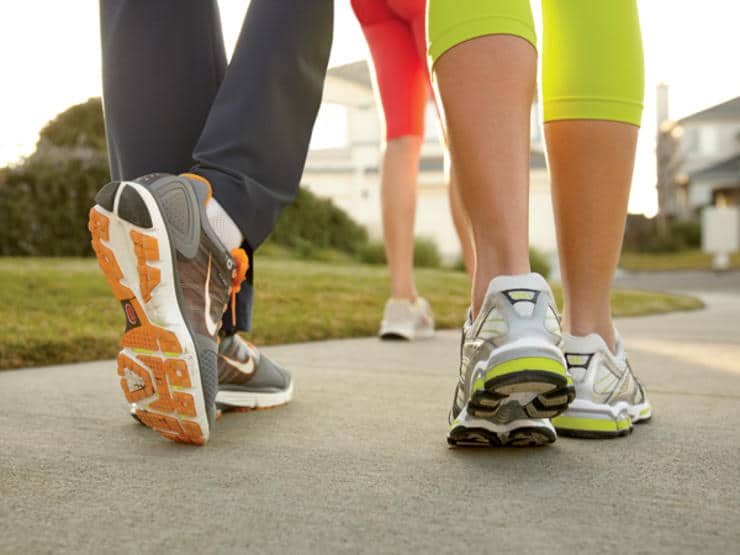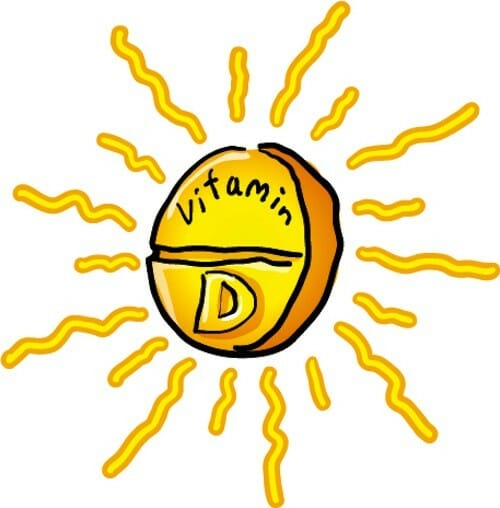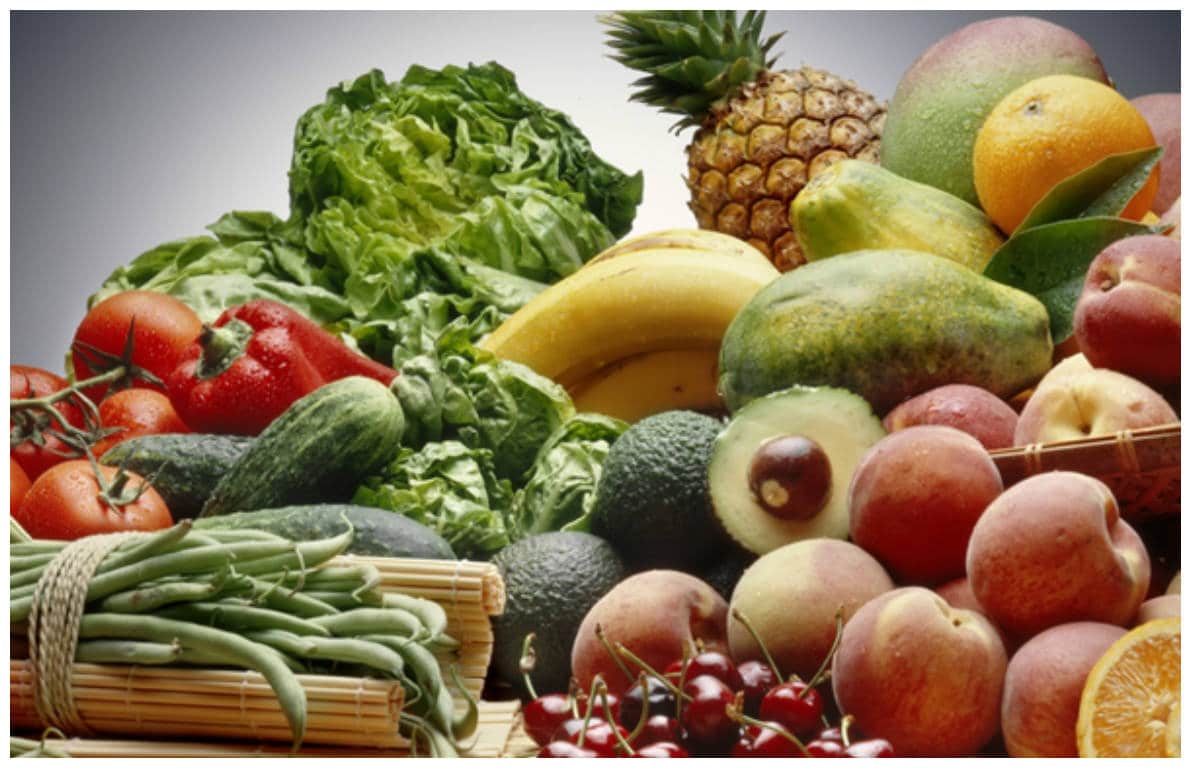We typically talk about health products, but today we’re going to talk about one of the most cost-effective ways to improve your health with simple actions. Nearly everyone can do this and it only takes a short while a few times a week to begin seeing results.
So, let’s put one foot in front of the other today and talk about walking.
Long walks can help you clear your mind, and elevate your mood. It’s also a benefit to your overall health. The benefits of walking appear so obvious that they’re seldom talked about. Walking helps to tone your leg muscles and can also help in the quest to lose weight. It accelerates your heart beat, distributing more blood and oxygen to your muscle mass and also your body organs. Professionals suggest that brisk strolling for 30 minutes at a moderate speed can aid you in shedding 150 to 200 calories.
The best thing is that you can do this nearly everywhere. Throughout the day, you can get up from your desk every hour approximately and walk around your workplace or block for several minutes. The advantages of intense exercises are obvious, but surprisingly to some – just a few extra steps here and there can also make a huge difference. If you become habitual with walks, it will help your overall efforts for a healthier lifestyle.
It’s apparent that consistent walking assists you in trimming your waist, yet you should also recognize that the speed at which you walk determines the overall effectiveness. Researchers from the University of Virginia found that ladies that did 3 much shorter but brisk walks in a week lost 5 times more belly fat compared to those who walked five times a week but for longer times at a much slower pace.
Over the last couple of years, scientists have invested a lot of time and also resources to determine just how walking can enhance health. How quickly or sluggish you walk can bring a type of rhythm to your life that no other form of workout can.
Here are some benefits of regular briskly walking, so grab your iPod or a friend and get out there!
Good for your heart
1. Much less most likely to suffer a stroke and also other cardiovascular issues – According to a research study by the Harvard Medical College, walking for merely 2.5 hours a week, which is 21 mins a day can reduce the threat of heart disease by 30%. It’s estimated that if more adults in America walked regularly it could reduce medical costs by over 100 billion dollars a year! After studying many individuals for nearly 12 years, scientists revealed that they found walking reduced the threat of cardiovascular events by 31% and also reduces the danger of a cardiovascular related death by as much as 32%.

Trim down
2. Fight excessive weight – Some may say that strolling along is the easiest form of exercise. That is untrue since you ought to not really be strolling but walking at a relatively rapid rate. Walking briskly instead of lazily strolling can help to slim down that belly fat. A University of Utah study in 2014 discovered that in women, every minute of brisk pacing throughout the day could decrease the danger of excessive weight by 5%. Harvard Institution of Public Wellness found that keeping this up as a routine habit could possibly reduce the effects of obesity-promoting genetics by fifty percent.
Equalize that blood pressure
3. Drop the pressure – Walking most certainly helps reduce your high blood pressure. This isn’t going to make a difference, however, unless you can sustain a good pace for at least 10 minutes at a time. Scientists from Arizona State University discovered that taking a minimum of a 10-minute walk daily is an efficient means to lower your blood pressure.
Prevent Cancerous Cell Formation
4. Protect against cancer cells – According to a 2012 Harvard College Female’s Health and wellness Study walking for one to three hrs a week minimizes the threat of fatality from breast and uterine cancer by almost 19%. If these same ladies press themselves a bit further, for an average of three to five hours a week, they might minimize the danger of breast and uterine cancer by 54%.
A research released in the journal Cancer cells Epidemiology, Biomarkers & Avoidance, as well as performed by the American Cancer Culture discovered that walking up to 7 hrs a week reduces the threat of breast cancer cells itself by 14%.

Good for your mind
5. Exercise can improve your memory – Intense workout is good for the brain, but the moderate activity of briskly walking is good for enhancing your memory. A 2011 study released by National Academy of Sciences showed how strolling for 40 mins at a stretch three times a week could possibly raise the volume of the hippocampus by 2%, which is a significant amount. Another study that was presented at the 2014 annual meeting of the American Organization for the Development of Scientific research, showed this type of routine exercise could slow down the shrinking of the mind and the failing mental abilities that old age often bring. The research was done with males and females in between the ages of 60 and also 80 and it concluded that taking a brief walk three times a week raised the size of that component of the brain connected to planning as well as memory.
Immunity defense
6. Increase your resistance – According to a study done at Appalachian State University in North Carolina, a moderately-paced stroll for at least 30 to 45 minutes daily can enhance the number of immune system cells in your body and over a period of time, it can have a really exceptional effect on your body’s capacity to combat illness. Briskly walking at the very least for 20 minutes a day could decrease the danger of becoming sick by nearly 43%.
Melt that stress away
7. Walking at a moderate pace is one of the most effective ways to kick your anxieties. Many folks eat unhealthily or too often when stressed. The effective means to defeat an anxiety based condition that induces cravings to eat is to clear your mind of stressful thoughts, get excellent rest, and also walk around 10,000 steps a day. Experts think that stress eating is more often a sign of an emotional or psychological issue. Walking releases endorphins into your system which leads to a sense of well-being, assisting you suppress the stress eating habit.
Don’t forget – you don’t have to run a race to get on the right track! If it’s super hot or cold out, go on a trek around the mall to get some of those paces in. Even walking the aisles of the Wal-Mart Super Center could do you some good if done at a moderate pace. Getting into a routine habit and keeping the pace a bit above a lazy stroll are critical to success with this so if possible get a friend, or some music and get going!


















